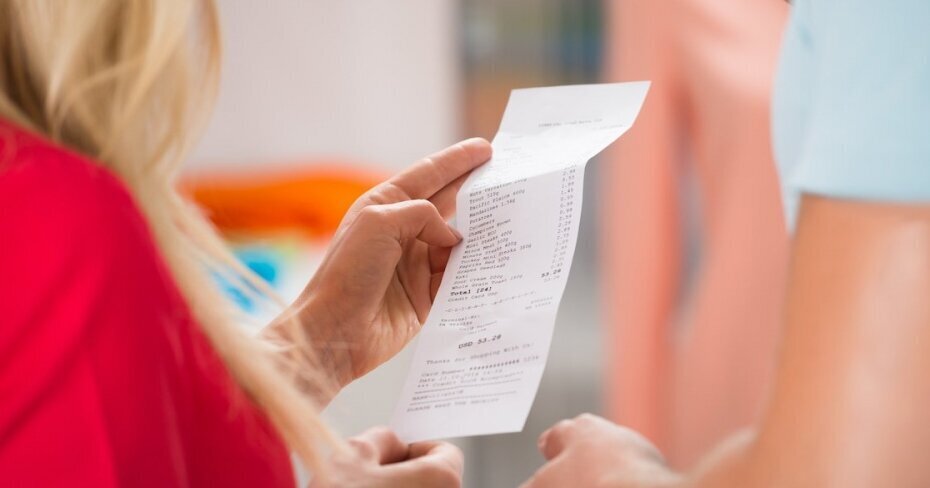3 Business Tax Deductions You Don't Want to Miss
By: Kyle Prevost on March 22, 2016
No one wants to pay the taxman more than they have to. On the other hand, no one wants to overstep any legal boundaries by mistake and trigger a potentially painful tax audit down the road. The good news is that there are some ways to legally reduce what you owe.
When examining your financial records from 2015, remember to look for these three business tax deductions – and remember to claim them properly.
1. Travel – Line 9200
Whenever you travel for business purposes (defined as: incurred to earn income for the business and are reasonable in the circumstances), you can deduct the cost of accommodations and transportation. You can even deduct the costs of your cab to the airport when you’re flying to see a client – as well as the flight itself.
When you travel closer to home, you can fully deduct the cost of any public transit that you take. Using your personal vehicle is a bit more complicated. Most experts recommend that you keep a detailed log book in regards to business use vs. personal use when it comes to your personal conveyance. It’s important to note the exact mileage at the beginning and end of each trip, as well as the destination, date, and reason for the trip (i.e. “client meeting”). There are apps that can help with this recordkeeping, but an old school paper and pen works just fine as well.
Most small business owners that are self-employed and use a sole proprietorship or partnership model can deduct these vehicle expenses right from their business income. If you own a corporation things get even more complicated, as you can reimburse yourself and other employees for the number of kilometres driven by the business at the CRA “reasonable rate”. In 2015 the rate was 55¢ per kilometre for the first 5,000 kilometres driven and 48¢ per kilometre driven after that. The other option is to forgo the reimbursement and pay these vehicle expenses (gasoline, maintenance, repair, licensing fees) before deducting them from the personal employment income you get from the corporation. It’s also important to understand that your commute from home to your office every day is not one of these business tax deductions.
When it comes to travelling for conventions, the CRA will give you two per year that you can deduct. In order to qualify, the conventions must relate to your business/professional activity, and be held by an organization within the geographical limits of where the sponsor of the convention usually does business. There is some leeway involved in this regulation if the sponsoring organization is from another country, as long as the gathering still relates to your business or professional activity.
2. Meals and entertainment - Line 8523
Many small business owners have heard a friend or “expert” say that they should deduct meals when they go out to eat or have a night on the town. While there is a kernel of truth to this idea, the CRA is very particular in what they allow to be deducted. The bottom line is that as long as your meals or entertainment have a legitimate business purpose (such as client lunches), you can index 50% of the amount paid or “an amount that is reasonable in the circumstances, whichever is less”. You are allowed to claim 100% of a meal and entertainment expenses under specific exceptions such as staff parties (6 per year) or fundraising events held for charities.
3. Home expenses deduction – Line 9945
Obviously if your business runs out of a designated building then 100% of your building costs are considered business business tax deductions. However, if you use a portion of your home to run your business, there are specific CRA rules you must pay attention to. In order to qualify for business deductions you must make sure that your home is your company’s primary place of business or that it is used on a regular basis to meet clients and that the space designated for business use is honestly used only for business.
To figure out how much of your housing costs you can deduct, you must figure out the percentage of your home’s square footage that is allocated for business use. For example, if you have a home office that take takes up 150 square feet of room, and your house is 1,500 square feet of finished space, then you can deduct 10% of your homes allowable expenses. If you have certain spaces that you use for both home use and business use, then you must determine what percentage of time the relevant area is used for business, and how much for personal use. For example, if you only use the aforementioned 150 square foot room as an office 8 hours a day, then you could only use 1/3 of the 10% (3.3% overall) of your total housing costs as one of your tax deductions.
Allowable housing costs include heating, electricity, maintenance, home insurance, and property taxes. If you own your home and make mortgage payments, the relevant percentage of mortgage interest you pay during the year is also deductible. If you rent your home, then you can deduct the relevant percentage of your rental payments.
Don’t miss out on these business tax deductions. If you aren’t sure how to proceed, ask a tax professional.


